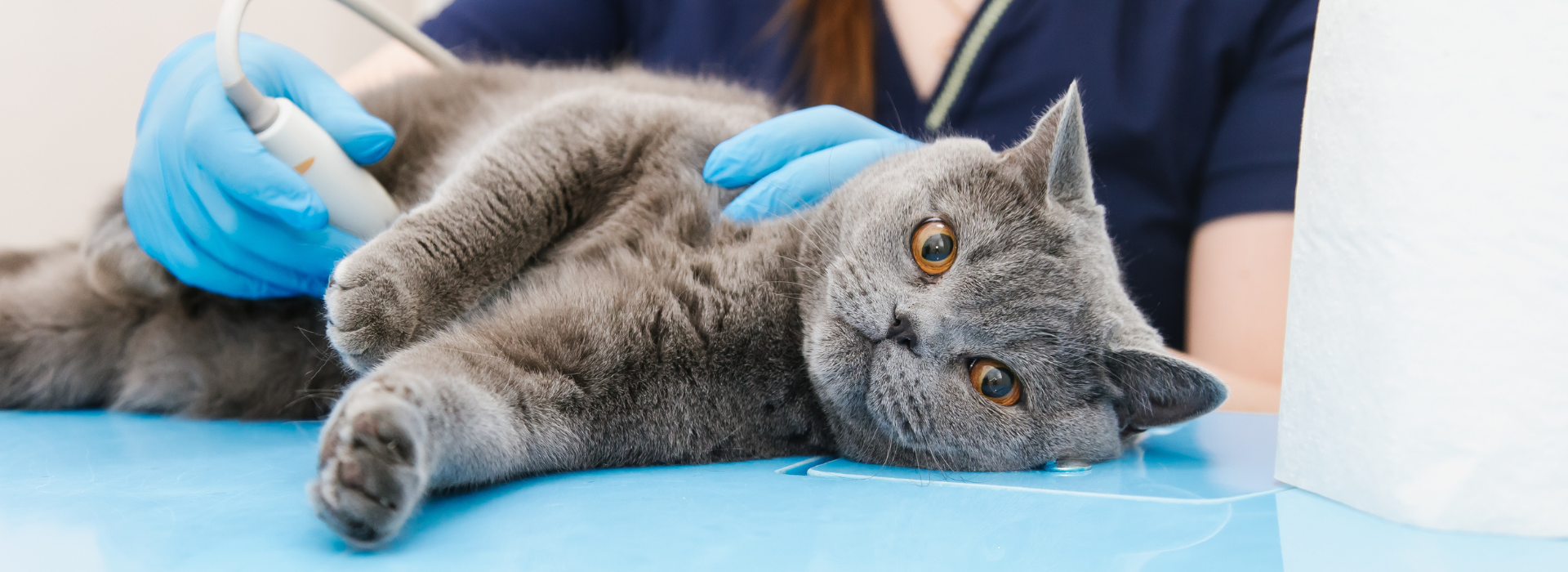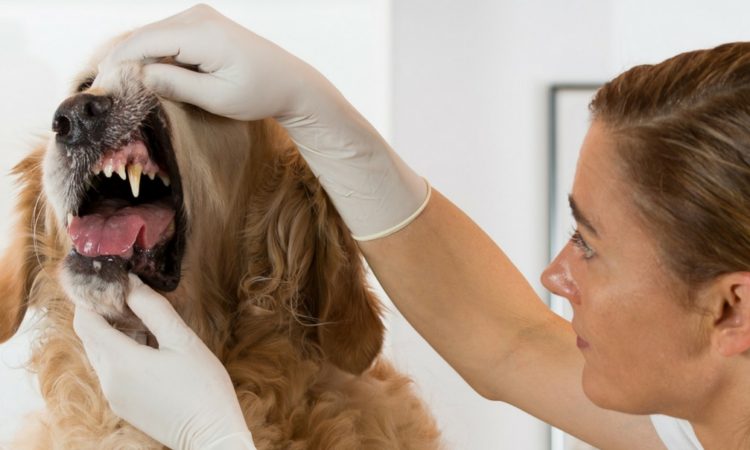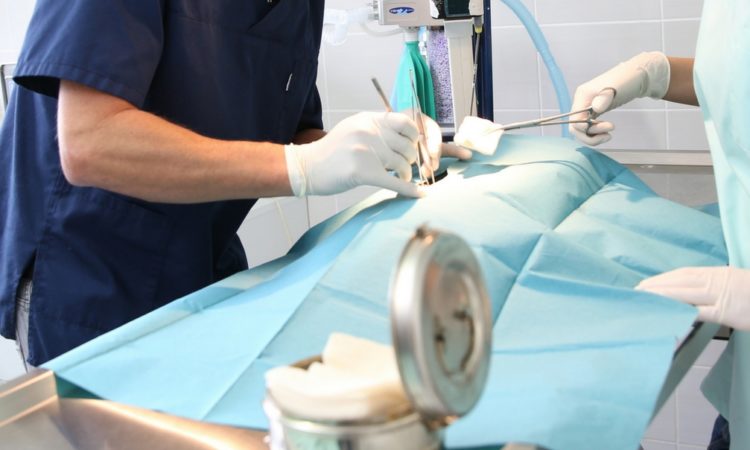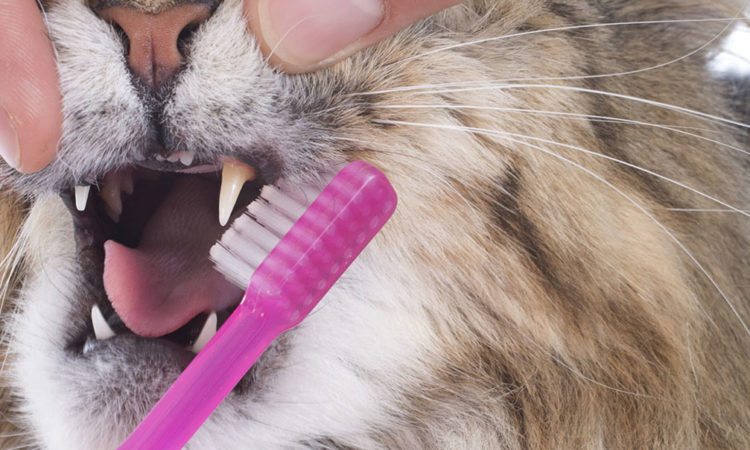Our hospital offers ultrasounds and X-rays to examine your pet’s internal structures more closely. Both procedures are painless and non-invasive, helping us to diagnose a health issue or as a preventative tool to check up on your pet’s overall health. If you have questions about our ultrasound and X-ray services, please contact us at 416-775-0101.
How do ultrasounds generate images?
Ultrasound scanning is a painless procedure that uses high-frequency sound waves – which are inaudible to humans – to produce images of structures inside your pet’s body. When sound waves are aimed at targeted areas, some are absorbed by body tissues, and others bounce back. The sound waves that bounce back are measured by the ultrasound machine and transformed into images. Most of our patients don’t need sedation. However, if your pet is very anxious or in pain, sedation can be helpful.
When do you recommend ultrasounds?
Ultrasonography is most useful for looking at soft or fluid-filled organs like the liver, kidney, bladder, intestines, gallbladder, eyes, tendons, muscles, glands, and heart. To provide us with the best possible image of your pet’s internal structures, we recommend not feeding your pet after midnight the night before their procedure. Fasting is important because a full stomach will make imaging organs around the stomach difficult (liver, adrenals, etc.). (That being said, it is ok for your pet to drink water beforehand.) After the ultrasound, Dr. Albarracin will evaluate the images and then discuss them with a radiologist, if necessary. Usually, results are available on the same day.
Which pets are X-rays suitable for?
We have a well-equipped radiology suite that allows us to take good quality X-rays of a wide range of patients, from small kittens or pups to the largest dog breeds. Our plain X-rays can diagnose pregnancy, bladder stones, arthritis, pneumonia, gastrointestinal foreign bodies, and other common conditions. Our contrast X-rays show barium swallows, intravenous pyelograms, and urethrograms to diagnose digestive and urine issues. X-rays are also used to diagnose orthopedic diseases (fractures, bone irregularities, ligament ruptures, etc.). Since your pet needs to be placed in a specific position for this procedure, we recommend sedation for most patients.






